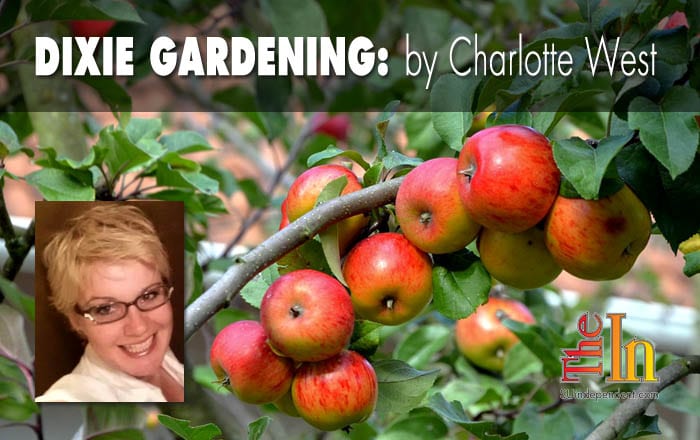
Written by Charlotte West
In previous articles, we have discussed the shortage of bees and their essential part of pollination, but you must also consider that many of your favorite fruits and nuts require a different kind of fruit or nut to pollinate each other for productive fruit, and in some cases, in order to bear at all.
Most home sights are not large enough for a huge orchard that will allow many varieties. So considering how much space you have and plant your favorites. Things are pretty straight forward.
Apples: Most require a pollinator in order to produce. Some good varieties to plant together are Red Delicious, Lodi, and Red Delight. Golden and Red Rome Beauty are often considered self pollinating.
Apricots: All are mostly self-fruitful but do best with cross pollinators to produce more heavily. Try Wilson Delicious, Stark Chinese (also known as the Mormon apricot).
Cherries: Here is an old timer tip. All sour pie cherries are self-fruitful and seldom have pollination problems. But to get those sweet cherries we love so much, you will need to have a pollinator. If you include any of the following varieties together you should do great: Van, Stark Gold or Black Tartan.
Peaches: Most being self-fruitful, but Stark, Hal Berta Giant and JH Hale welcome each other.
I love Quince tress as they are self-fruitful all on their own, and you may remember them as a child on your grandparents’ homestead bringing back great nostalgic memories.
Filbert and Hazel Nuts: It is recommended that these two be planted together for cross pollination and better crops. Good grafted varieties of Filberts and hazels also include Potomac, Reed, Buchanan, and Winkler Hazel to mention a few.
Pecans which do wonderful almost anywhere are not only wonderful shade trees but so far give no evidence of needing pollination. However, they will produce larger crops if two or more varieties are planted together.
Sometimes problems can develop because male and females flower at different times. Moneymaker and Success usually depend on other varieties. You can not go wrong with Stuart or Schley.
Black Walnuts are pretty simple as well because grafted varieties usually produce each year, but wild walnuts usually produce well on alternate years.
No matter what fruit trees or nuts, you must have good draining soil. Planting in the early Spring is usually the safe habit, but in our wonderful temps of DIXIE LAND, you are pretty safe to plant in fall or even early winter. Soil that absorbs water readily is the best. Test this by digging a 10-inch or so deep hole and fill with water, and in about 6-8 hours if it is drained completely, this is an ideal place to plant.
Shortly before planting, fill your hole with water and allow to drain completely. This will prevent the surrounding soil from absorbing much of the water needed for your new tree. And maintain a lot of mulch around your new planting to help growth and slowly provide nutrients as the mulch turns to compost.
Fruit and nut tress give the gardener bonuses of their delicious fruits and wonderful shade which we can never have to much of.




